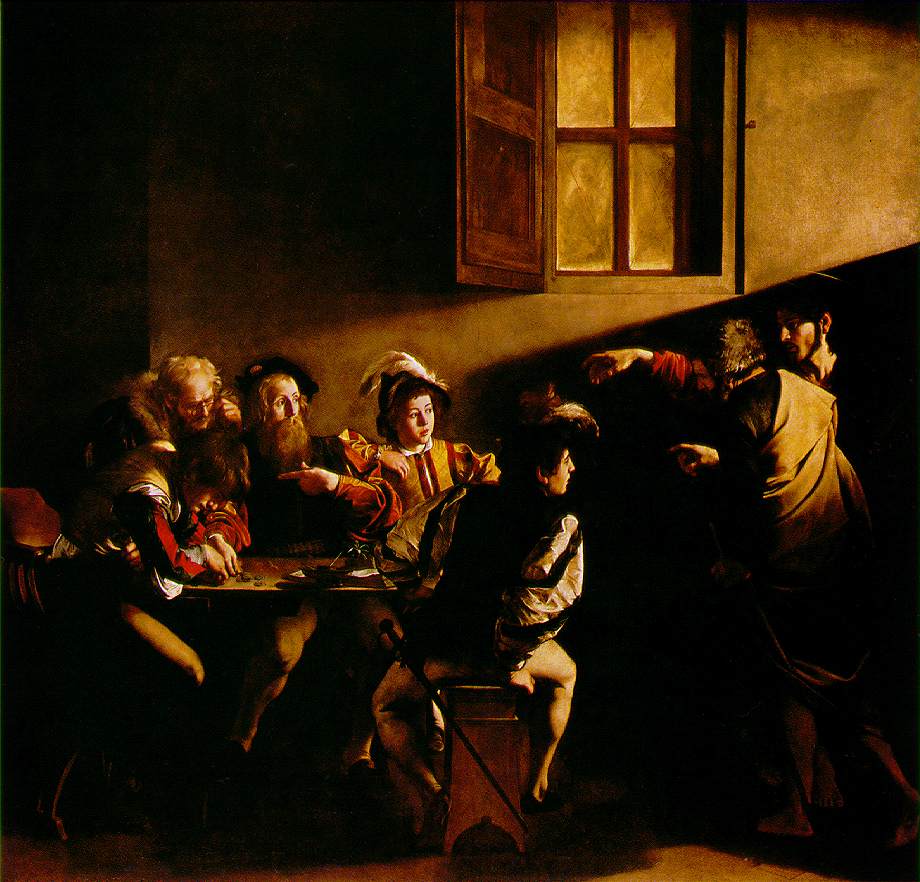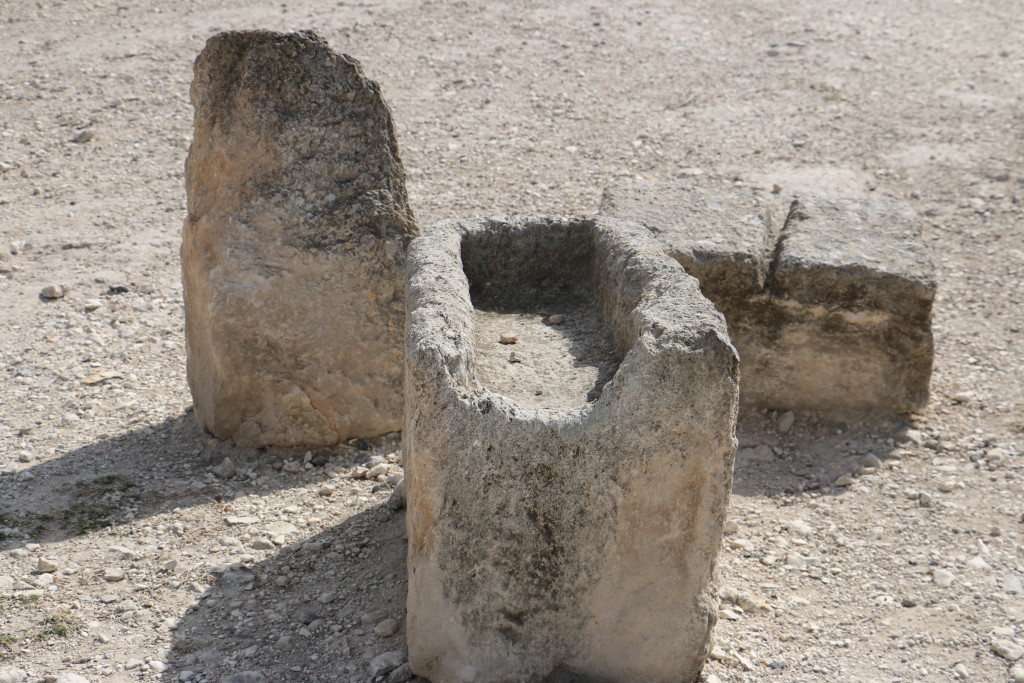PSA Bible Reading Challenge 2025-2026
January 4, 2016: Day 1- Matthew 1
January 4, 2016Well, we are back! If you have been following along then you will notice this entry. The only negative about the reboot is that we no longer have those wonderful comments that were made previously. You’ll just have to make them again and we can go from there. Enjoy the blog and I pray that you will grow from the challenge.
Happy New Year! I am so excited for these next 90 days. I can’t wait to share with you the Gospels and to be able to see what kind of insight God will be giving us in regards to what did we learn about Jesus and what did we learn about being a disciple maker.
As you were reading through chapter 1 I hope you didn’t get lost in the genealogy. With a lot of difficult Greek names it is easy to give up, but don’t. There is a lot of treasure in Matthew’s genealogy. A couple important things that you need to remember. It is crucial to Matthew that Jesus be seen as the Messiah, and so the anointed one who came directly from the throne of David. That is how he begins his Gospel message by mentioning the two most important patriarchs, Abraham and David, in regards to the message that he is trying to get across: Jesus is the Messiah.
Also in the genealogy we find some references to some painful history within the family. We all have some skeletons in the closet in our families, don’t we? What about a Rahab (vs. 5) who is in the lineage and is a prostitute who welcomed the Israelite soldiers into her home (Joshua 2:1). Or what about a relationship with Boaz and Ruth where he was not at first willing to carry through on his responsibilities (Ruth 2-3). Even worse than all of this is a son born from the fruit of an adulterous, maybe even forced, affair with Solomon born, as the text states, “by the wife of Uriah” (vs. 6).
The fact that Jesus is able to use this family with all of its quirks, and all of its sin that runs through it like a red thread, I hope is a relief as we look at the dysfunction of our own families and wonder how in the world is God ever going to use us? We can learn that Jesus is willing to use anyone for His purposes. Any single person is able to carry out God’s will, even if they are a result of sinful action, or even if they have committed egregious sin in their lives in the past. That is comforting to me.
From the genealogy we move to the birth of Jesus and the angel who announces the pregnancy of Mary to Joseph. He certainly was a righteous man. Different from the Gospel of Luke is Matthew in that Gabriel comes to Joseph in this passage, as opposed to Mary. It is a very different perspective from his viewpoint. Not only did he resolve to keep her and not cast her out, but Scripture says that after they were married he held back from marital relations until after Jesus was born. The emphasis on Joseph here is that even in the midst of a mess, you can still find one righteous person who will carry out God’s plan. Here, in the Christmas story, we actually have two, both Mary and Joseph.
Prelude to Day 1: Background to Matthew before we get started tomorrow
January 3, 2016 I hope you are ready to get started tomorrow. Remember, one chapter each day so tomorrow we will be reading Matthew 1 and you will be writing in your journal some thoughts on what did you learn about Jesus and what did you learn about being a disciple maker. That is what this is all about, knowing and loving Jesus so much that you want to become an even better disciple maker. Here is some background on Matthew.
I hope you are ready to get started tomorrow. Remember, one chapter each day so tomorrow we will be reading Matthew 1 and you will be writing in your journal some thoughts on what did you learn about Jesus and what did you learn about being a disciple maker. That is what this is all about, knowing and loving Jesus so much that you want to become an even better disciple maker. Here is some background on Matthew.
The Gospel was written by one of Jesus’ disciples, Matthew, who was a tax collector as seen in Matthew 9:9-13. It was probably written around 50AD and it was addressed to a primarily Jewish audience. The earliest Christian Church tended to be Jewish in nature certainly until the temple was destroyed in 71AD. See Acts 11:19 which speaks of the church being composed primarily of Jewish believers. The main purpose of Matthew for writing the Gospel is to show that Jesus is the Messiah, the one chosen by God from the beginning of time to be the anointed one to liberate His people from sin. You’ll see this in Matthew 1 in the genealogy which you will find tomorrow.
Here is a basic outline for Matthew:
• The Birth and Early Years of Jesus (chs. 1–2)
o His Genealogy (1:1–17)
o His Birth (1:18—2:12)
o His Sojourn in Egypt (2:13–23)
• The Beginnings of Jesus’ Ministry (3:1—4:11)
o His Forerunner (3:1–12)
o His Baptism (3:13–17)
o His Temptation (4:1–11)
• Jesus’ Ministry in Galilee (4:12—14:12)
o The Beginning of the Galilean Campaign (4:12–25)
o The Sermon on the Mount (chs. 5–7)
o A Collection of Miracles (chs. 8–9)
o The Commissioning of the 12 Apostles (ch. 10)
o Ministry throughout Galilee (chs. 11–12)
o The Parables of the Kingdom (ch. 13)
o Herod’s Reaction to Jesus’ Ministry (14:1–12)
• Jesus’ Withdrawals from Galilee (14:13—17:20)
o To the Eastern Shore of the Sea of Galilee (14:13—15:20)
o To Phoenicia (15:21–28)
o To the Decapolis (15:29—16:12)
o To Caesarea Philippi (16:13—17:20)
• Jesus’ Last Ministry in Galilee (17:22—18:35)
o Prediction of Jesus’ Death (17:22–23)
o Temple Tax (17:24–27)
o Discourse on Life in the Kingdom (ch. 18)
• Jesus’ Ministry in Judea and Perea (chs. 19–20)
o Teaching concerning Divorce (19:1–12)
o Teaching concerning Little Children (19:13–15)
o The Rich Young Man (19:16–30)
o The Parable of the Workers in the Vineyard (20:1–16)
o Prediction of Jesus’ Death (20:17–19)
o A Mother’s Request (20:20–28)
o Restoration of Sight at Jericho (20:29–34)
• Passion Week (chs. 21–27)
o The Entry of Jesus into Jerusalem as King (21:1–11)
o The Cleansing of the Temple (21:12–17)
o The Last Controversies with the Jewish Leaders (21:18—23:39)
o The Olivet Discourse (chs. 24–25)
o The Anointing of Jesus’ Feet (26:1–13)
o The Arrest, Trials and Death of Jesus (26:14—27:66)
• The Resurrection (ch. 28)
o The Earthquake and the Angel’s Announcement (28:1–7)
o Jesus’ Encounter with the Women (28:8–10)
o The Guards’ Report and the Jewish Elders’ Bribe (28:11–15)
o The Great Commission (28:16–20)
I have included a photo of Caravaggio’s “Calling of St. Matthew” for your enjoyment. Caravaggio is my favorite artist of all time, so you just might see some of his work dotting the landscape during this challenge.
